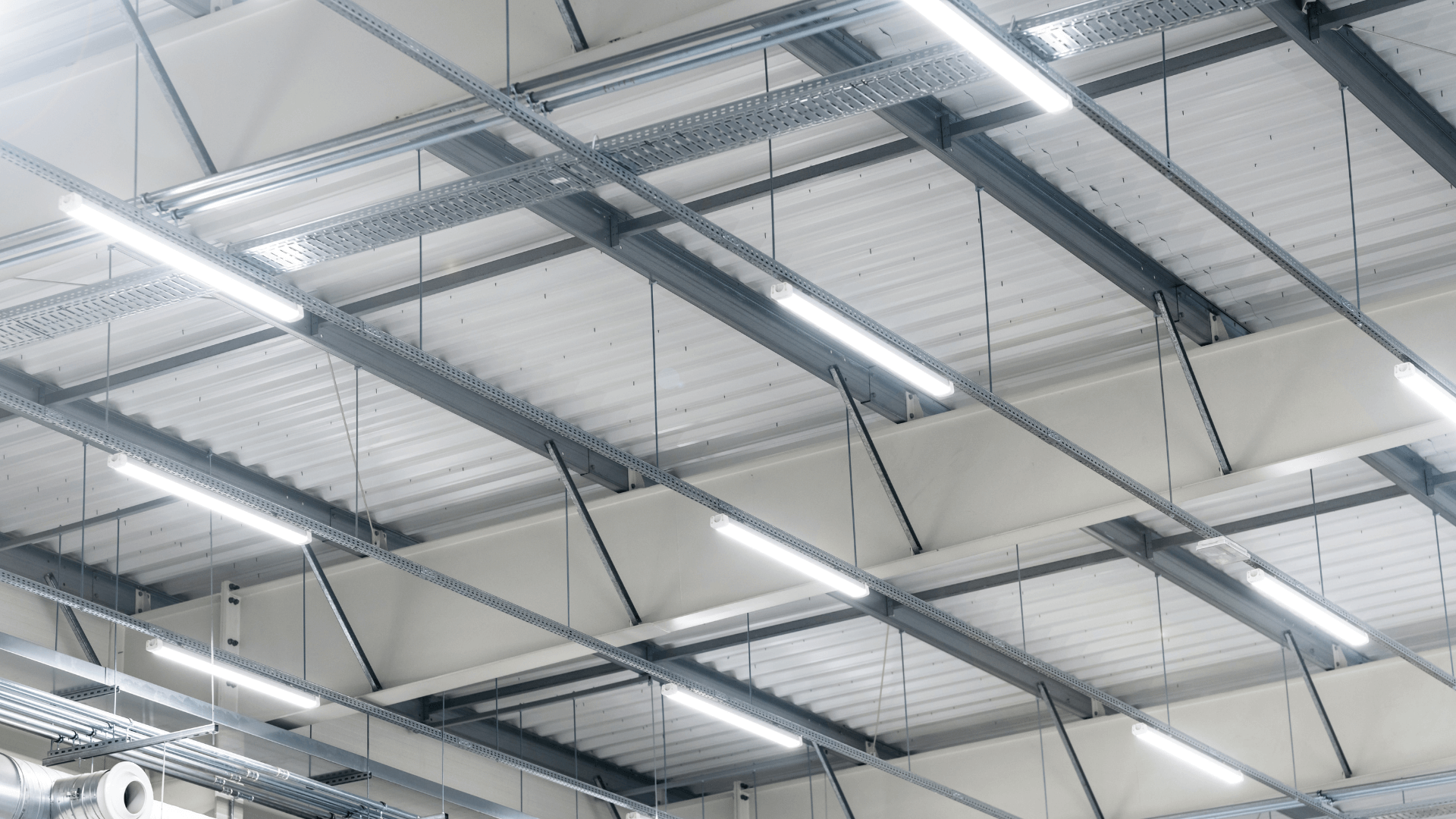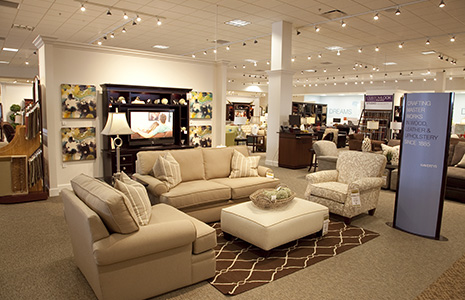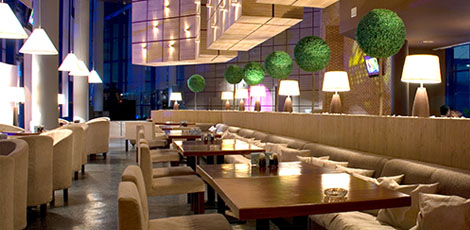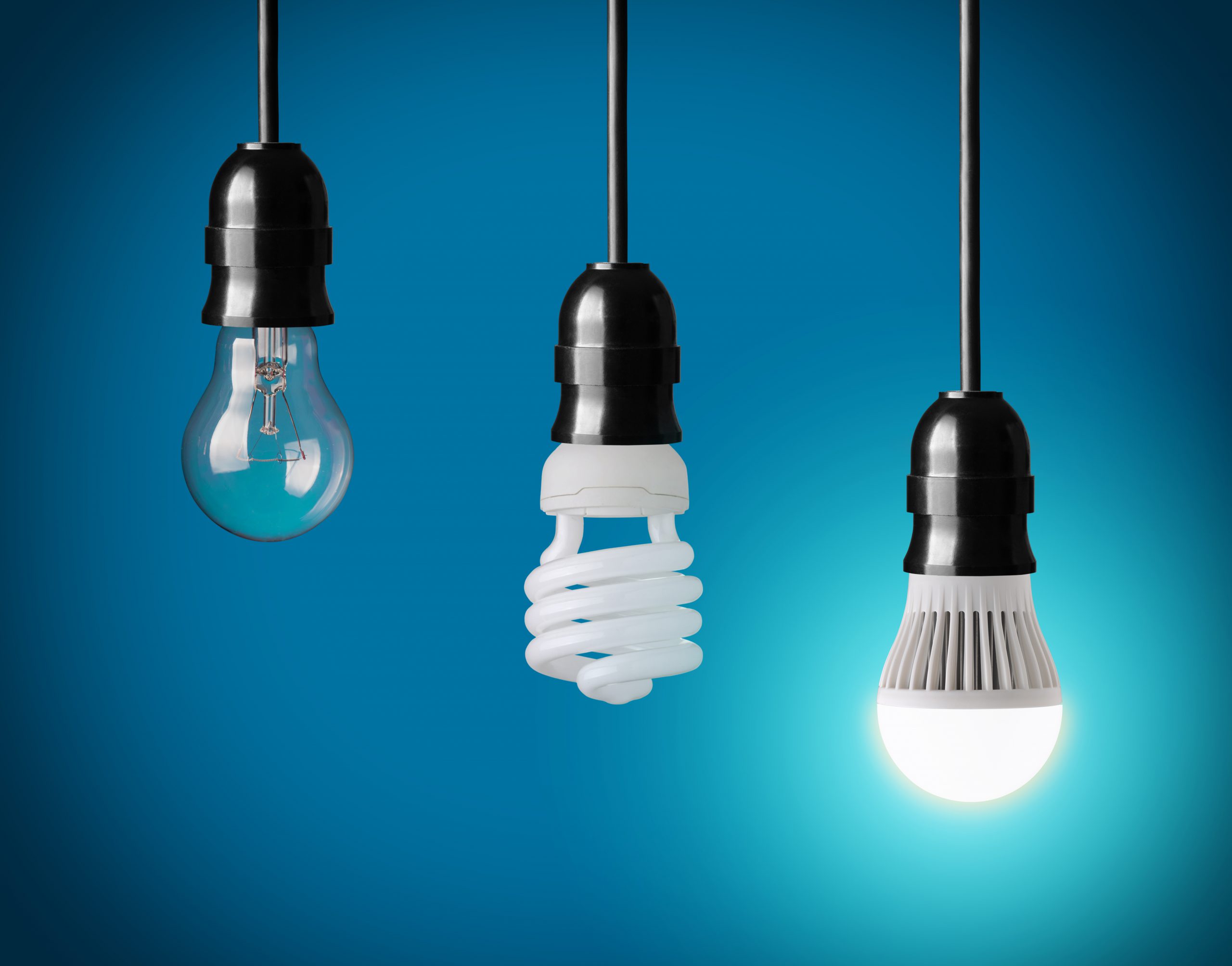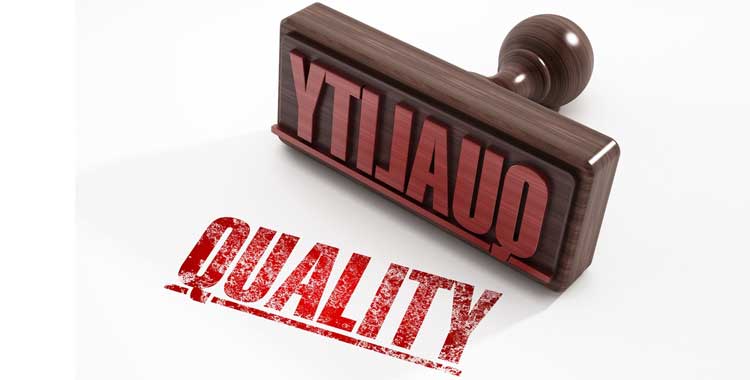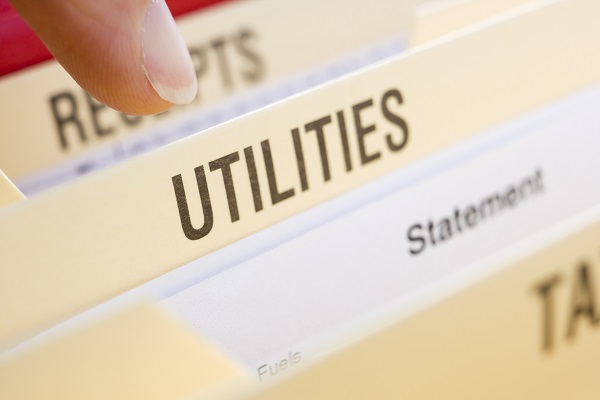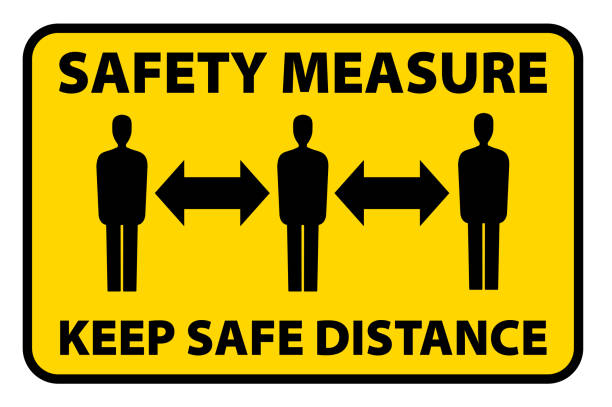In the toward energy efficiency and sustainability, businesses are increasingly turning to LED lighting solutions to save money and energy in their commercial spaces. However, simply swapping out traditional lighting fixtures for LEDs is only the first step towards maximizing energy savings.
As technology advances to improve savings, we’ve consistently implemented intelligent lighting controls. Smart network controls for LED lighting are a game-changing technology that enhances the benefits of energy-efficient LED upgrades by providing unprecedented flexibility, customization, and control completely remotely. Here are a few reasons why we recommend upgrading to network-enabled LEDs.
1. Maximizing Energy Savings
One of the primary advantages of LED lighting is its inherent energy efficiency, offering significant reductions in electricity consumption compared to conventional lighting technologies. But intelligent lighting controls take energy savings to the next level by allowing precise adjustment of light levels based on occupancy, daylight availability, and time of day. Through features such as occupancy sensors, dimming capabilities, task tuning, scheduling functionalities, and more, businesses can fine-tune their lighting systems to minimize energy waste without compromising illumination quality. The result is substantial reductions in utility bills and a more sustainable operating environment.
2. Enhancing User Comfort and Productivity
Commercial spaces are dynamic environments with varying lighting needs throughout the day. Intelligent lighting controls empower users to tailor lighting settings to suit specific tasks, preferences, and occupancy patterns. Whether it’s creating zones with different lighting levels in open office areas, adjusting color temperatures to promote focus or productivity, or implementing daylight harvesting to balance natural and artificial light, these controls put users in control of their lighting environment. Businesses can create a more conducive and enjoyable workspace for their employees and customers by optimizing visual comfort and supporting productivity.
3. Streamlining Maintenance and Operations
Managing a large-scale lighting system can be a daunting task, especially in complex commercial environments with multiple zones and fixtures. Intelligent lighting controls simplify maintenance and operations by providing centralized management and monitoring capabilities. With remote access and diagnostic tools, facility managers can easily identify issues, schedule maintenance tasks, and monitor energy usage in real time. Proactive maintenance and troubleshooting not only minimize disruptions but also extend the lifespan of lighting fixtures, maximizing the return on investment for businesses investing in LED upgrades.
4. Facilitating Adaptability and Future-Proofing
The business landscape constantly evolves, and commercial spaces must adapt to changing needs and trends. Intelligent lighting controls offer unparalleled adaptability, allowing businesses to reconfigure their lighting systems as occupancy patterns, usage requirements, and regulations evolve. Whether it’s reprogramming lighting schedules to accommodate flexible work arrangements, integrating with building automation systems for seamless operation, or implementing advanced analytics for data-driven insights, these controls future-proof commercial spaces and ensure they remain agile and responsive in the face of change.
5. Promoting Sustainability and Corporate Responsibility
In an era of heightened environmental awareness and corporate social responsibility, businesses are under increasing pressure to reduce their carbon footprint and demonstrate sustainable practices. Intelligent lighting controls play a crucial role in optimizing energy usage, minimizing waste, and supporting green practices. By showcasing their commitment to sustainability through energy-efficient LED upgrades with controls, businesses reduce their environmental impact and appeal to environmentally-conscious customers and stakeholders.
Intelligent lighting controls are indispensable companions to energy-efficient LED upgrades in commercial spaces. By harnessing the power of advanced technology to optimize energy savings, enhance user comfort and productivity, streamline maintenance and operations, facilitate adaptability, and promote sustainability, businesses can unlock the full potential of their lighting systems and achieve lasting benefits for their bottom line.
Contact a member of the Relumination team to learn more about our turnkey approach that makes it simple for property owners and site managers to upgrade to intelligent LED lighting systems.

